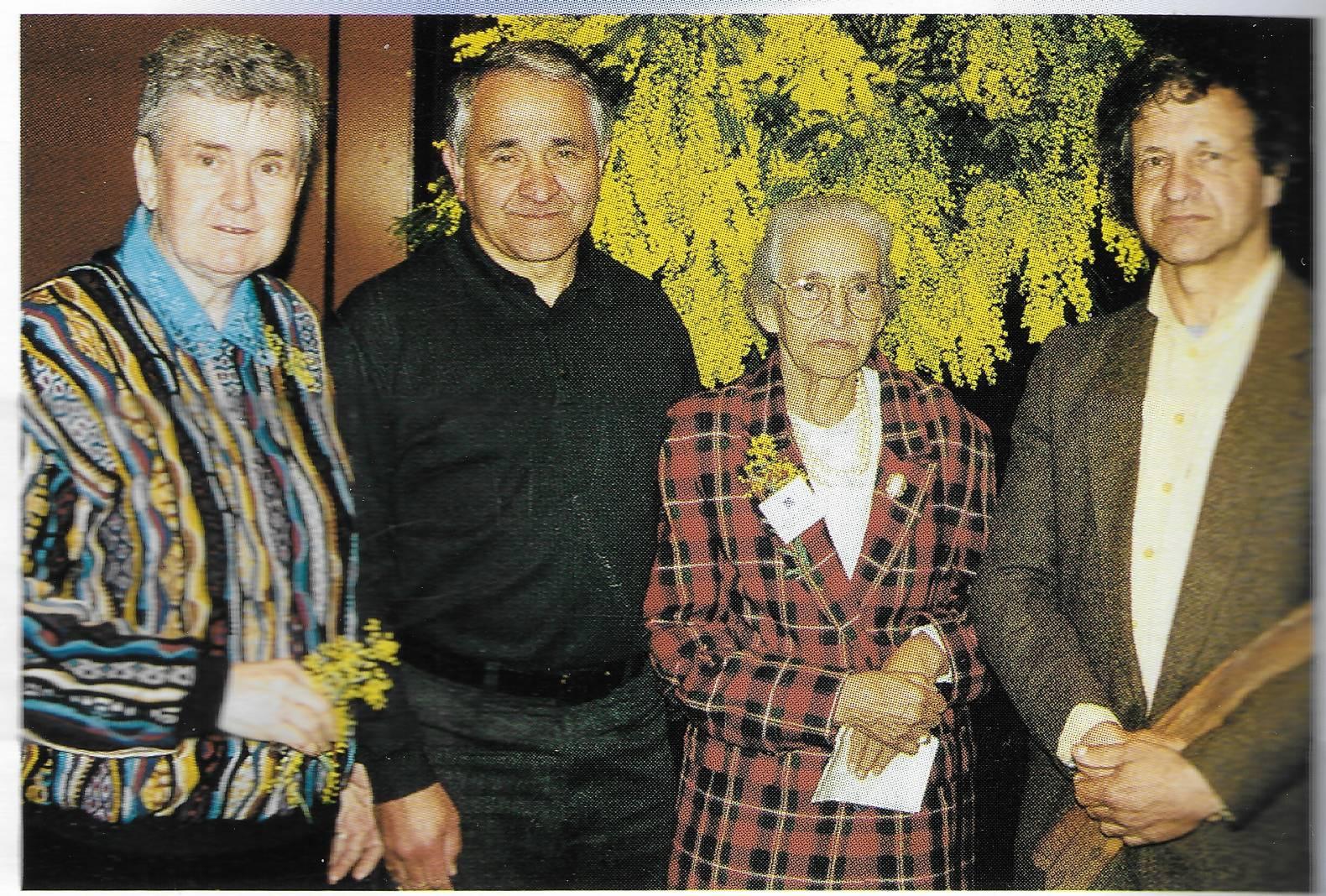As this week we celebrated the upcoming National Reconciliation Week within the College with an assembly, I took a look into the Archives and found a very significant time in the College’s history, whereby we came together with the local Wurundjeri people.
Barak Campus

The first people who came to inhabit this area were the Wurundjeri people and for 40,000 years the land the College sits on has been part of their traditional homeland. The Wurundjeri did not live in permanent settlements, they moved around their land in seasonal patterns where and when food was plentiful. They camped for periods within their defined clan boundaries and exploited the various animal and plant resources available at different times of the year.
In 2000, the College decided to recognise the Wurundjeri connection to the land by naming the senior campus the Barak Campus, in honour of William Barak (pictured above), a traditional ngurungaeta (elder) of the Wurundjeri-willam clan who was an influential spokesman for Aboriginal social justice.
Born in 1823, not far away at Brushy Creek, North Croydon, it is believed he was a witness to the signing of John Batman’s treaty in 1835. When white settlement forced the Wurundjeri from their land, Barak worked to establish and protect Coranderrk, a self-sufficient Aboriginal community in Healesville. He lived most of his life there and became “a prominent figure in the struggle for Aboriginal rights and justice” before his death in 1903.
At the naming ceremony, Wurundjeri elder Murrundindi (pictured second from left) proclaimed “today we have reached a milestone; coming together for reconciliation by naming the campus ‘Barak’. This is what reconciliation is about; coming together and working as one people”.

